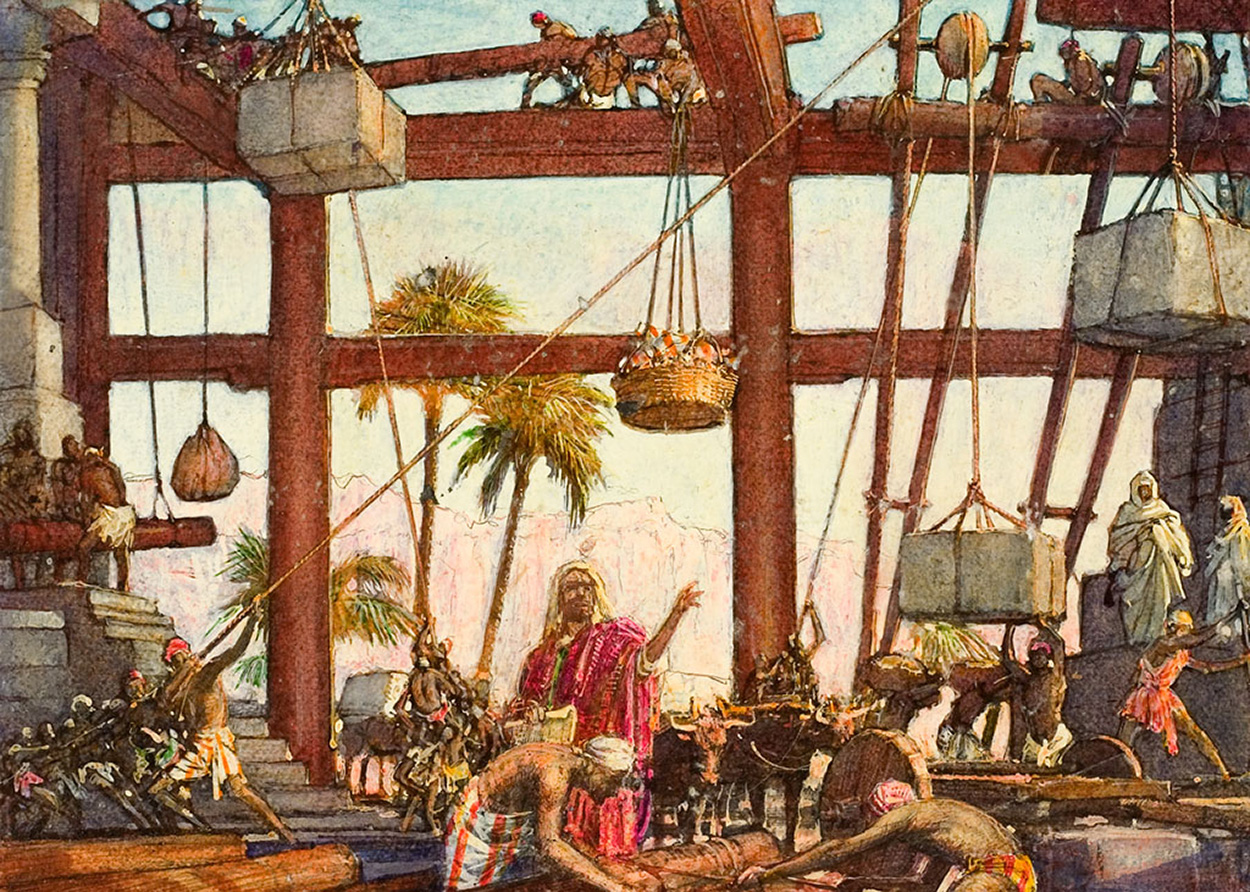Sometime following his encounter with the angel, Ahkman again calls upon the Lord on a mountain top to pour out the desires of his heart, namely that the Lord will remain with him and his descendants for all generations. This desire and request is the same as all righteous patriarchs throughout history and is echoed in specific language at the end of the LDS endowment ceremony.
After two days of continual prayer (LDS readers can't not think of Enos, right?), God speaks to Ahkman, telling him he has been heard because he has come before the Lord in much sincerity and patience. Because of this act of faith, He makes a covenant with Ahkman, again the same as other righteous patriarchs throughout history (e.g., Abraham, Lehi, etc.). It's a powerful and overarchinig covenant, yet its requirements, blessings, and curses are laid out in the most basic of terms:
- If you remain righteous, God will remain with, protect, and bless you.
- But if you become wicked and forget God, you will lose that promise.
- Yet if you repent and turn to God, those blessings will return.
On an individual level, Ahkman is blessed as Abraham was, to be the righteous father of a blessed nation whose seed will become more numerous than the stars in the sky or sands on the seashore, and they will revere him as father and head. This Abrahamic covenant made to Ahkman then will be passed on through his generations contingent upon their faithfulness with more specific language:
- If his descendants remain righteous, no enemy will prevail against them, nations will tremble before them, and they will have power over all who dare oppress them.
- But if they forget God, they will be cast asunder and trampled upon by all nations.
Learning about, remembering, and fulfilling these patriarchal covenants in the last days is part of what Malachi was prophesying at the end of his book. These covenant blessings were and are available to all -- Abraham's children, Nephites and Lamanites, scattered Israel -- and the Lord wishes all to receive them. Moroni quoted Malachi's words to Joseph Smith:
Behold, I will reveal unto you the Priesthood, by the hand of Elijah the prophet, before the coming of the great and dreadful day of the Lord. And he shall plant in the hearts of the children the promises made to the fathers, and the hearts of the children shall turn to their fathers. If it were not so, the whole earth would be utterly wasted at his coming.When the Lord appeared to Joseph Smith and Oliver Cowdery and accepted the Kirtland Temple and Moses, Elijah, and Elias verbally committed keys and dispensations, the purpose of the Lord's work in the latter days became clear -- to gather His children together and remind them of who they and their ancestors are so they can receive all of the covenant blessings rightfully belonging to them. The Lord is performing this work throughout the world, wherever the righteous hearken to His voice.











